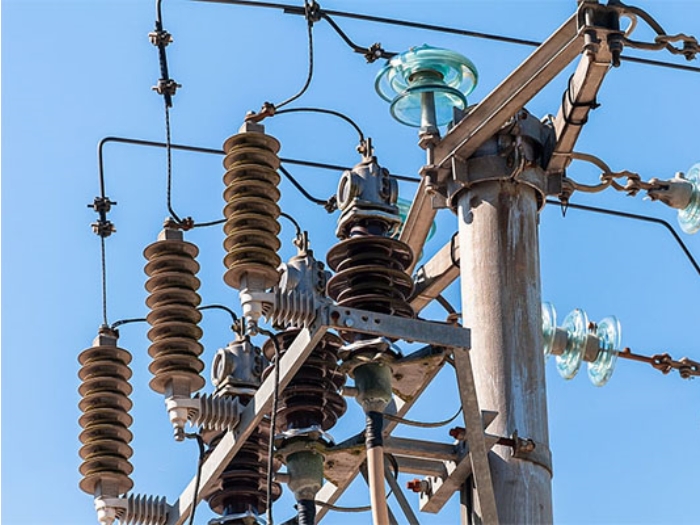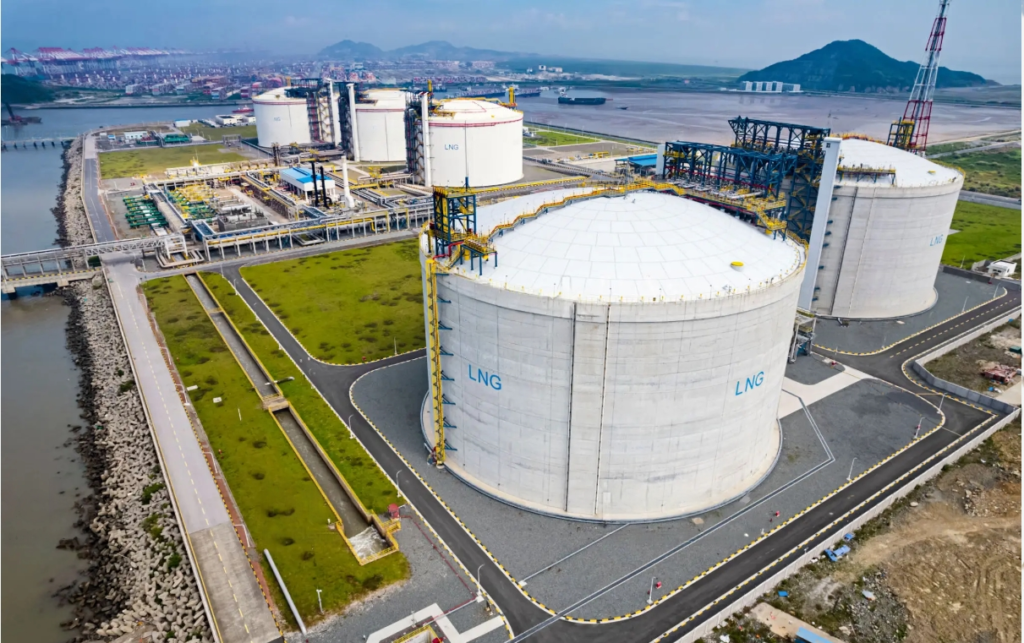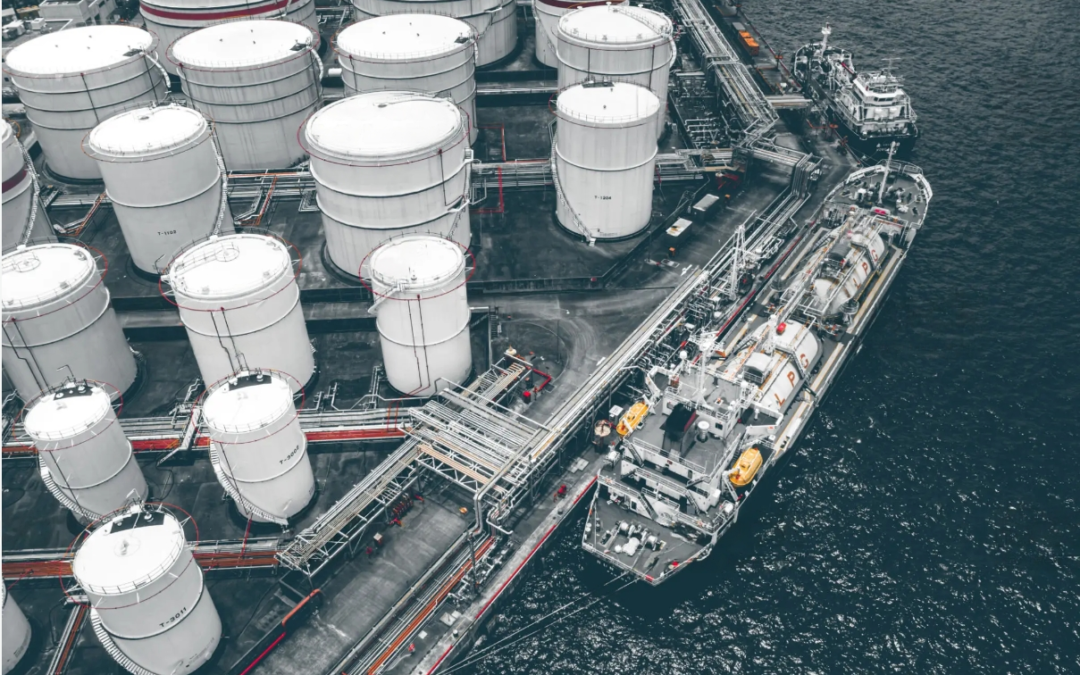- The United Kingdom has invested $8 billion in liquefied natural gas (LNG) infrastructure in the US to enhance energy security, reduce reliance on imported oil, and strengthen trade links between the two countries.
- Technological advancements in the LNG industry, including improvements in liquefaction technology, floating LNG facilities, and smaller-scale LNG plants, are driving efficiency, reducing costs, and increasing availability of this cleaner fuel source.
- Challenges facing the UK’s LNG investment include competition from other suppliers, complex regulations, environmental concerns, and political risks, which require close collaboration with US regulators and the development of new LNG technologies to address these issues.
The United Kingdom has made a significant investment in liquefied natural gas (LNG) infrastructure to enhance efficiency and reliability in heating and electricity generation. Technological advancements in LNG have contributed to improvements in storage, transportation, and utilization of the gas.
To strengthen energy security and reduce dependency on imported oil, the UK has invested $8 billion in the US for the supply of LNG to heat homes and reduce energy reliance. This investment, led by Centrica and Delfin, aims to enhance the UK’s energy resilience. LNG is a colorless, odorless, non-toxic, and non-corrosive gas that is cooled to a liquid state for safer storage and transportation. It finds applications in power generation, transportation, industrial processes like steelmaking and fertilizer production, as well as residential and commercial heating. Moreover, LNG emits fewer greenhouse gases compared to other fossil fuels, thereby contributing to mitigating the effects of climate change. Centrica predicts that this investment will foster stronger trade ties between the UK and the US while generating new job opportunities domestically.
What is post insulator?
Post insulator is a cylindrical or rectangular-shaped insulating component made of materials like porcelain, glass or composite. The devices can be mounted on transformers, circuit breakers or switchgear.

Main advancement in LNG industry
The LNG industry has witnessed notable technological advancements that aim to improve efficiency, reduce costs, and enhance availability. These advancements focus on enhancing infrastructure such as transportation, storage, and production. Technological innovations are crucial in meeting global energy demands. Here are the most significant technological advancements in the LNG industry:
Improvements in liquefaction technology
This involves converting natural gas into a liquid state for easy storage and transportation. Ongoing developments in liquefaction technologies aim to increase efficiency and reduce costs.
Floating liquefied natural gas
Floating LNG facilities are being developed on floating platforms, offering advantages over traditional LNG production facilities. These platforms can be established in remote areas and provide flexibility to produce LNG from various sources. Formed wire, in conjunction with fittings like bolts, nuts, and washers, helps ensure secure connections.
Development of smaller-scale LNG plants

Smaller-scale LNG plants are more cost-effective to construct and operate compared to larger plants. They can be established closer to demand centers and offer greater flexibility.
Development of new LNG transportation technologies
Innovations in LNG transportation technologies aim to reduce costs and risks associated with LNG transportation. The use of tankers helps withstand extreme weather conditions and minimize the risk of spills. Formed wire, with its high mechanical strength, aids in distributing overhead loads.
Challenges faced by UK investment in US LNG indusry
The UK’s investment in US LNG faces several challenges that need to be addressed to foster closer relationships with US regulators. These challenges include:
Competition from other suppliers
Other LNG producers and suppliers, such as Qatar and Australia, pose price competition challenges for the UK.
Regulations and standards
The US has complex regulations governing the LNG market, which may pose navigation difficulties for the UK. Formed wire serves as an accessory for bolted, welded, and compressed connectors in substations.
Environmental concerns
LNG production and transportation come with various environmental challenges, including the risk of oil spills that can harm the environment. The UK must address these concerns to maintain public support for LNG investments.
Political risks
The US imposes various political restrictions, such as sanctions on Russian oil by the Biden administration. This situation presents an opportunity for the UK to increase its LNG exports to the US.
Conclusion
To overcome these challenges and enhance the efficiency and reliability of energy transmission, the UK government has implemented several measures. These include the development of new LNG technologies to minimize the environmental impact of production and transportation. By addressing these challenges, the UK aims to diversify its energy sources, reduce greenhouse gas emissions, and achieve its climate goals.
The United Kingdom invested $8 billion in LNG infrastructure in the US to improve energy security, reduce its dependence on imported oil, and establish stronger trade links between the two countries.
Some of the technological advancements in the LNG industry include improvements in liquefaction technology, the development of floating LNG facilities, and the establishment of smaller-scale LNG plants, all aimed at increasing efficiency, reducing costs, and enhancing the availability of LNG.
The UK’s LNG investment in the US faces challenges such as competition from other LNG suppliers like Qatar and Australia, navigating complex US regulations, addressing environmental concerns related to LNG production and transportation, and managing potential political risks, including trade restrictions and sanctions. To overcome these challenges, close cooperation with US regulators and the development of new LNG technologies are necessary.


